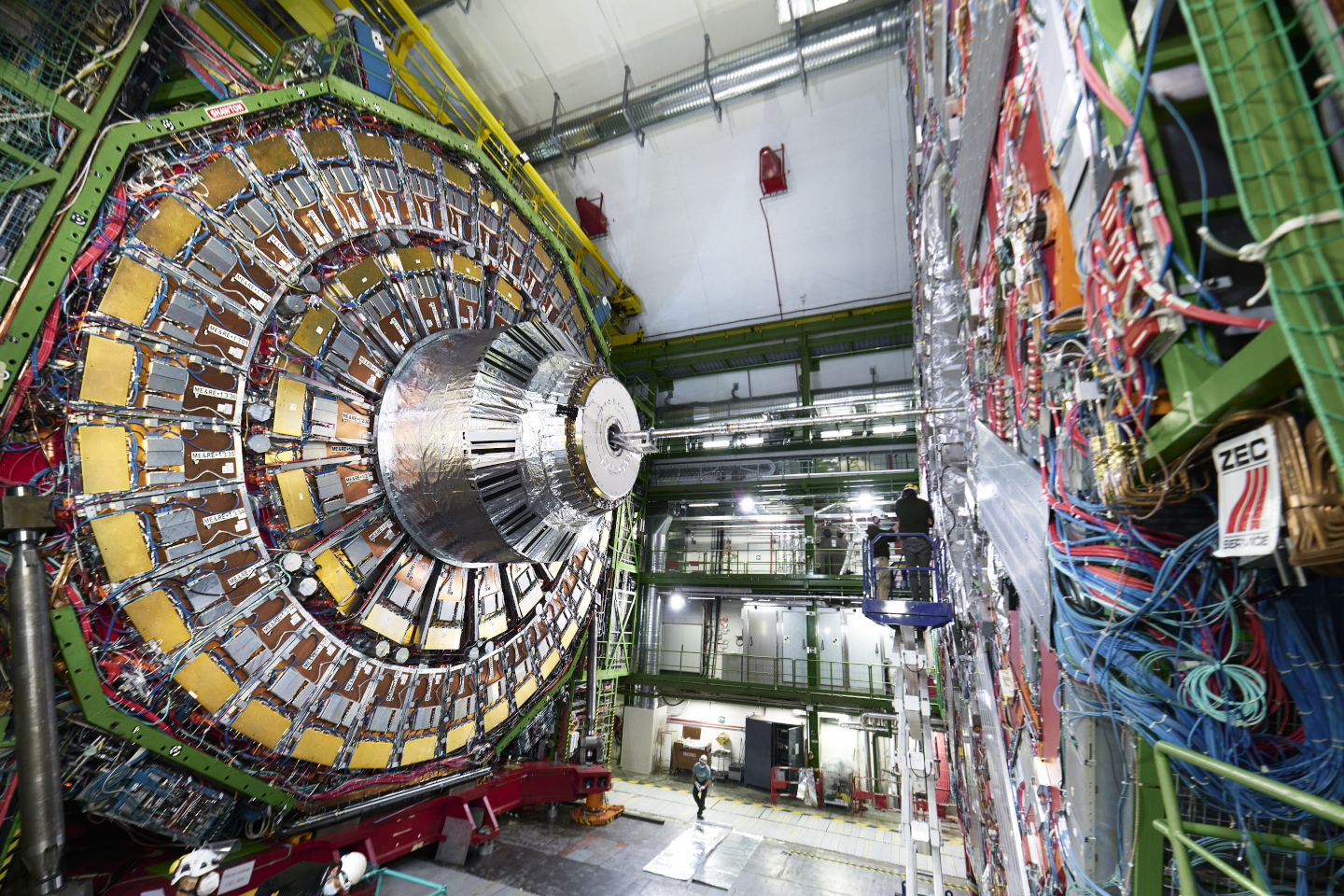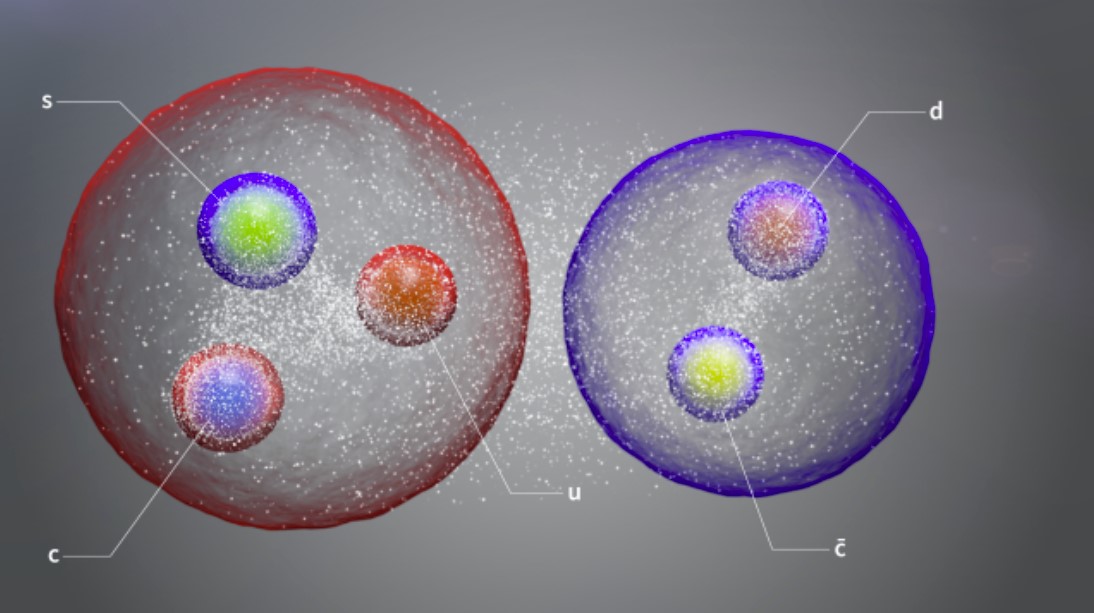CERN Physics Lab Discovered Three New "Exotic Particles"

The physics lab that houses the world's largest atom smasher announced on Tuesday the discovery of three new "exotic particles" that may provide insights into the force that binds subatomic particles together. The discovery of a new type of pentaquark and the first tetraquark pair at CERN, which is based in Geneva and hosts the Large Hadron Collider, provides researchers with a fresh perspective on assessing the "strong force" that keeps atoms together.
Quarks are the fundamental particles that make up all exotic hadrons, which are subatomic particles. The strong force is one of four forces known in the cosmos, including the “weak force” - which relates to particle decay - as well as the electromagnetic force and gravity.

The announcement comes on the heels of a busy few days for CERN: On Tuesday, the LHC's subterranean ring of superconducting magnets that propel infinitesimal particles along a 27-kilometer (about 17-mile) path and at near light speed began smashing them together once more. High-tech detectors along the circular route collect data from the collisions. The so-called "Run 3" of collisions, which ended a three-year suspension for upkeep and inspections, produced an energy of 13.6 trillion electronvolts, making new particle physics discoveries possible.
In "Run 3," CERN scientists observed a successful start to what is expected to be approximately four years of operation, in "Run 3" — the third time the LHC has collided since its inception in 2008. On the day before, CERN marked the 10-year anniversary of the confirmation of the Higgs boson, an essential subatomic particle that has a crucial role in the Standard Model, which explains the fundamentals of particle physics.
Source: www.bloomberg.com